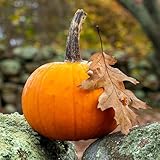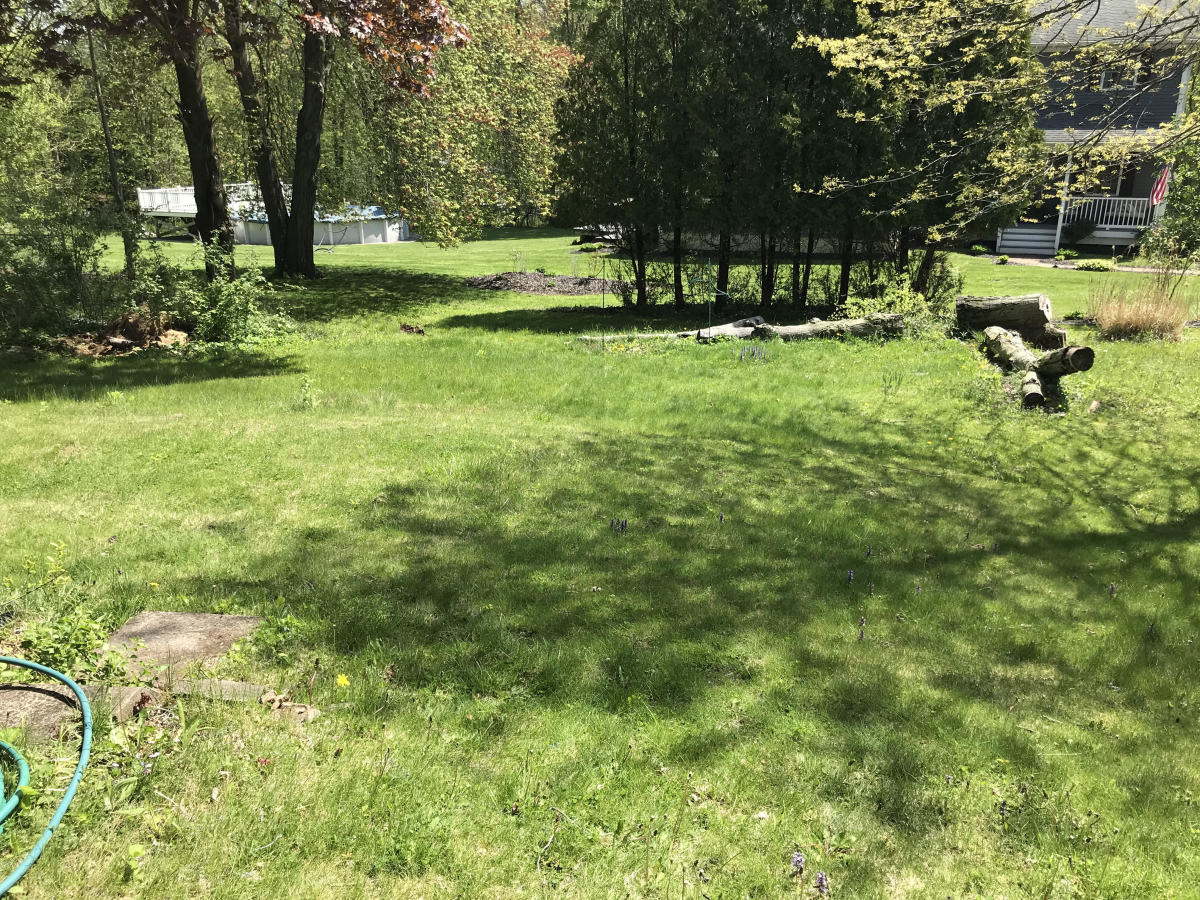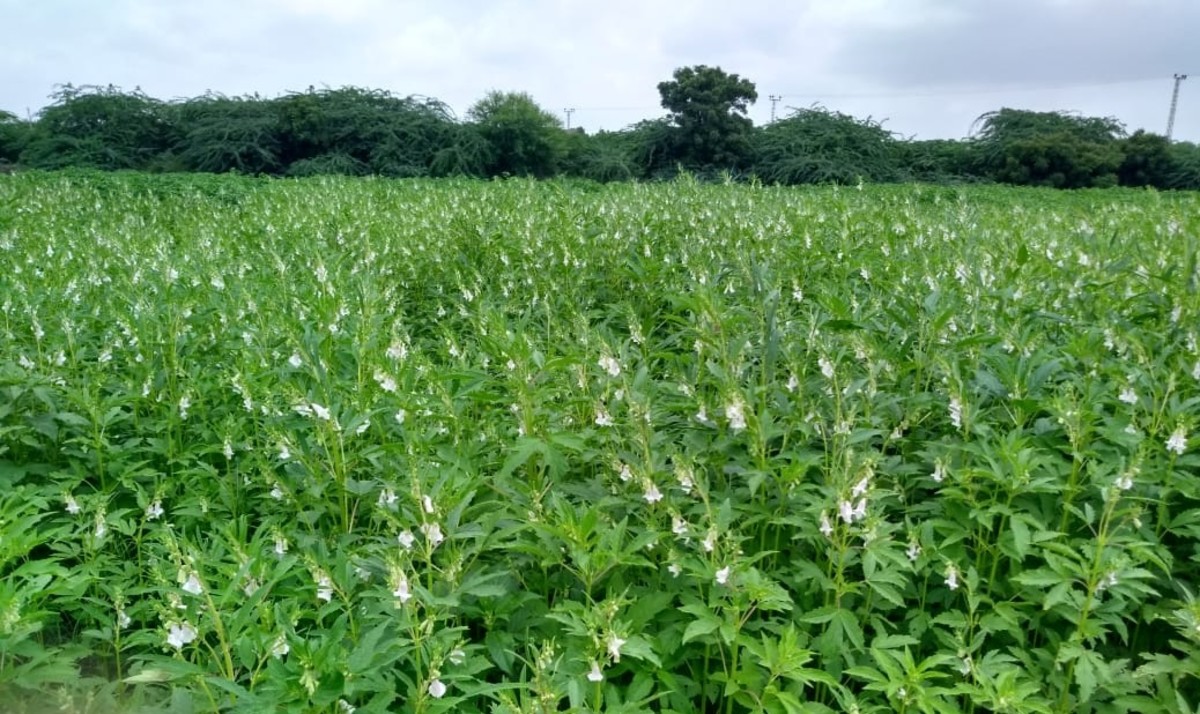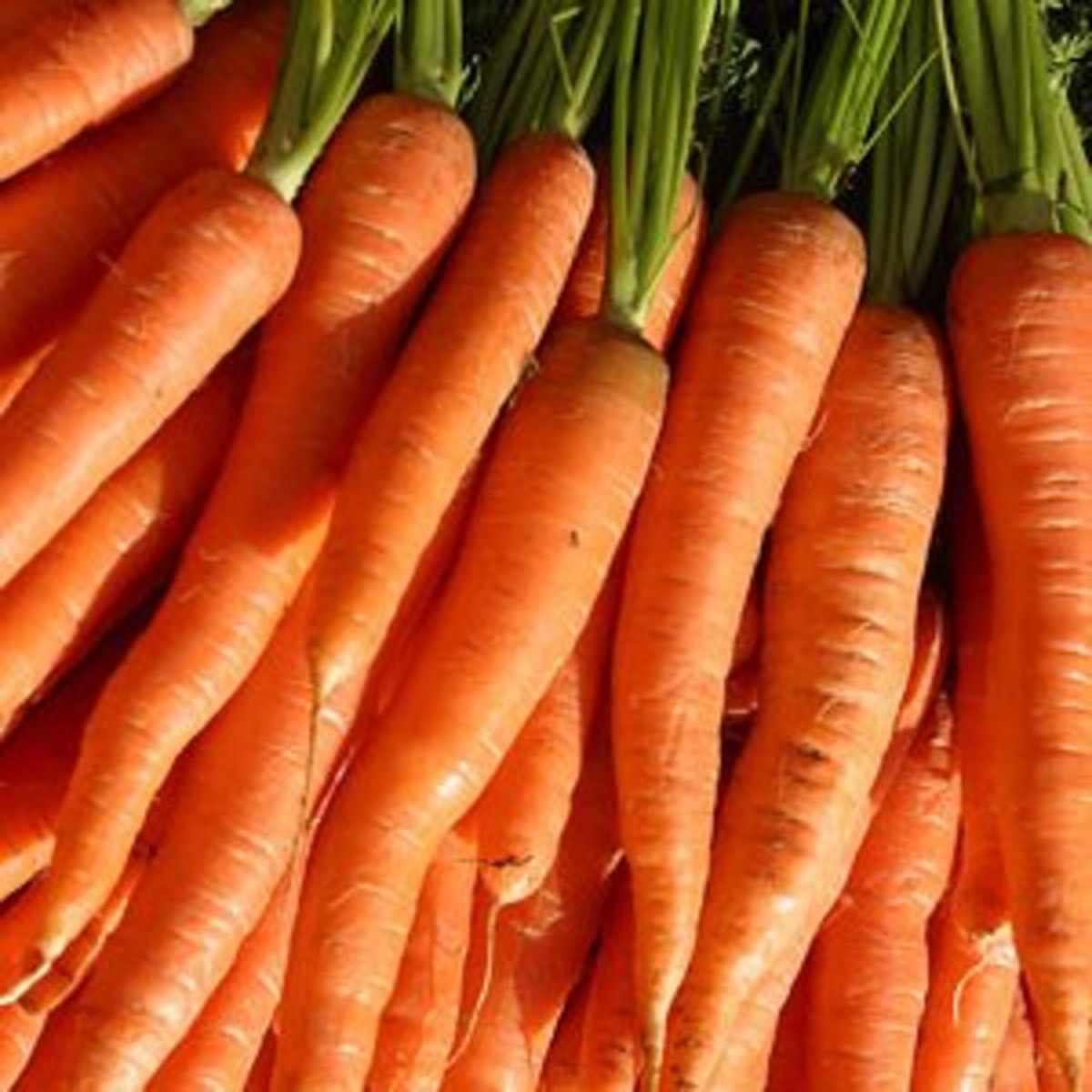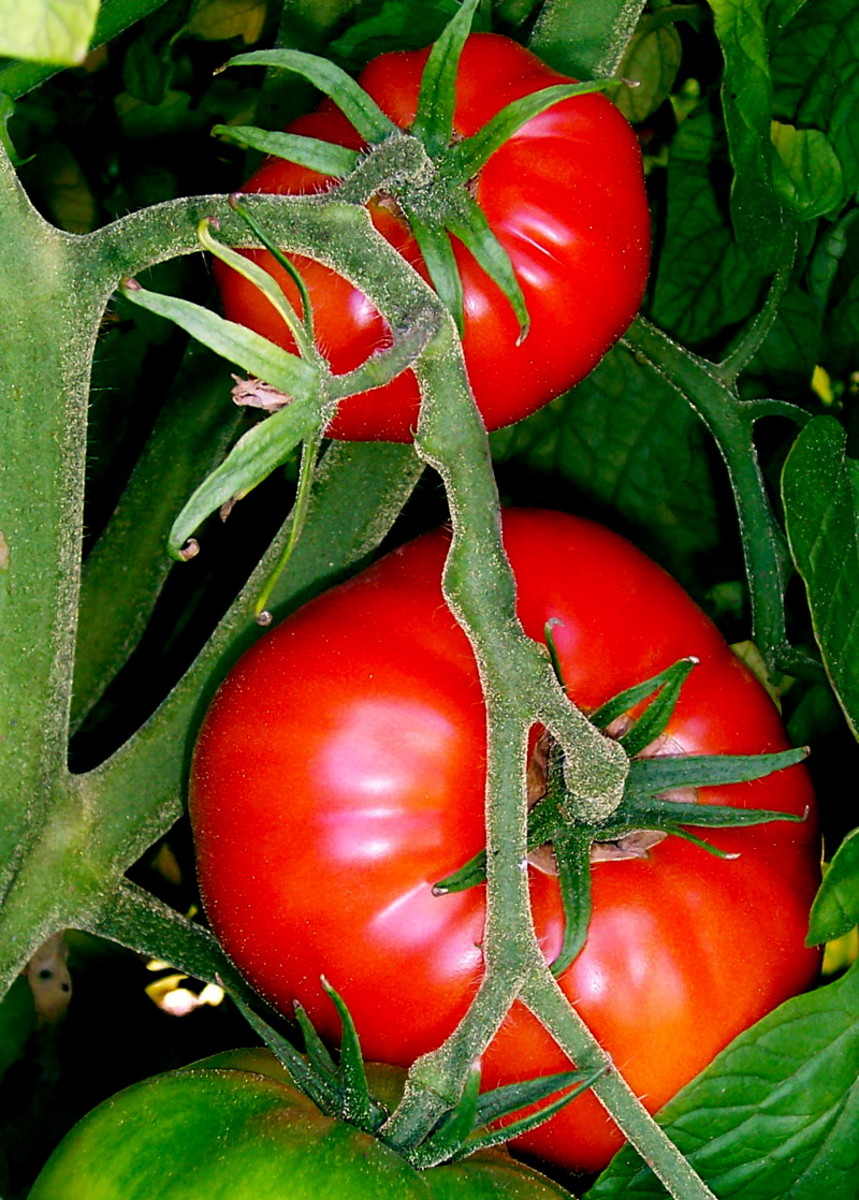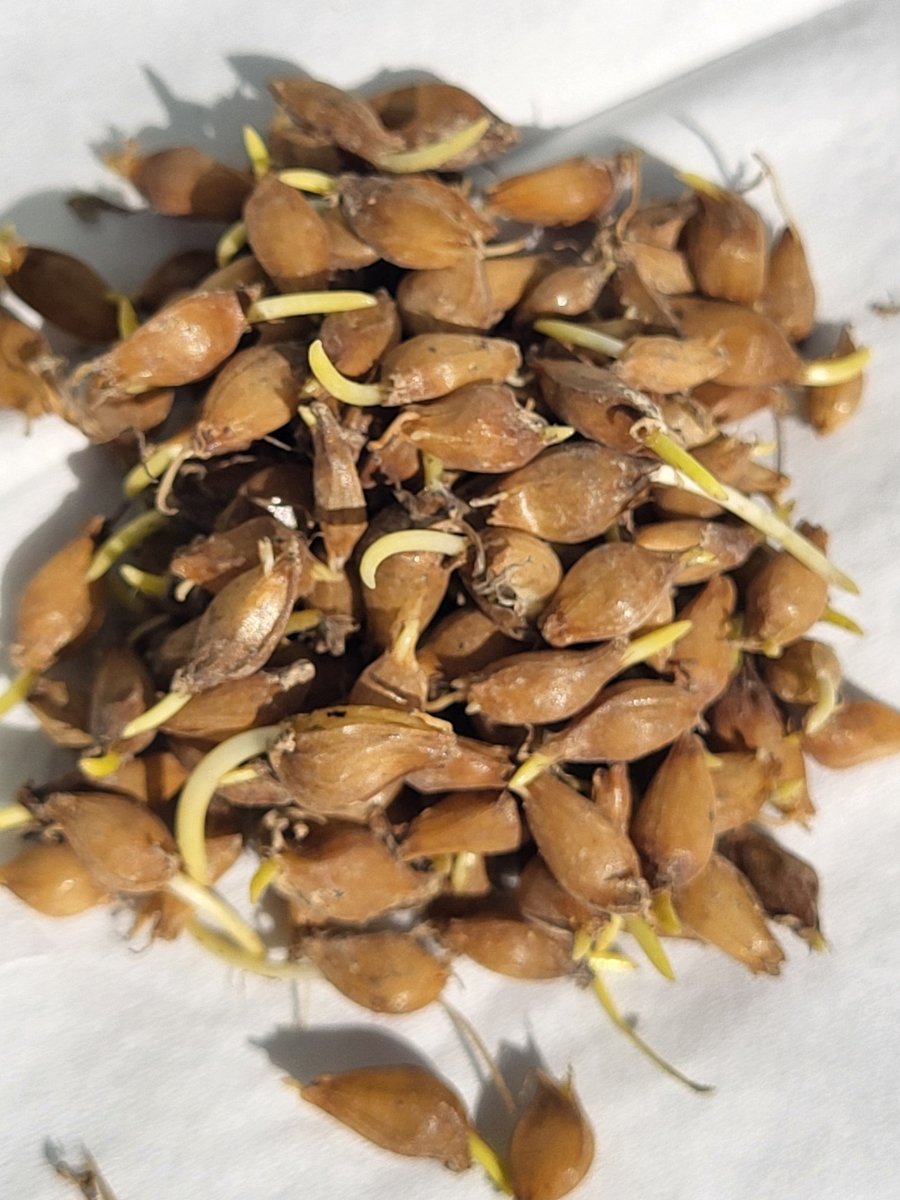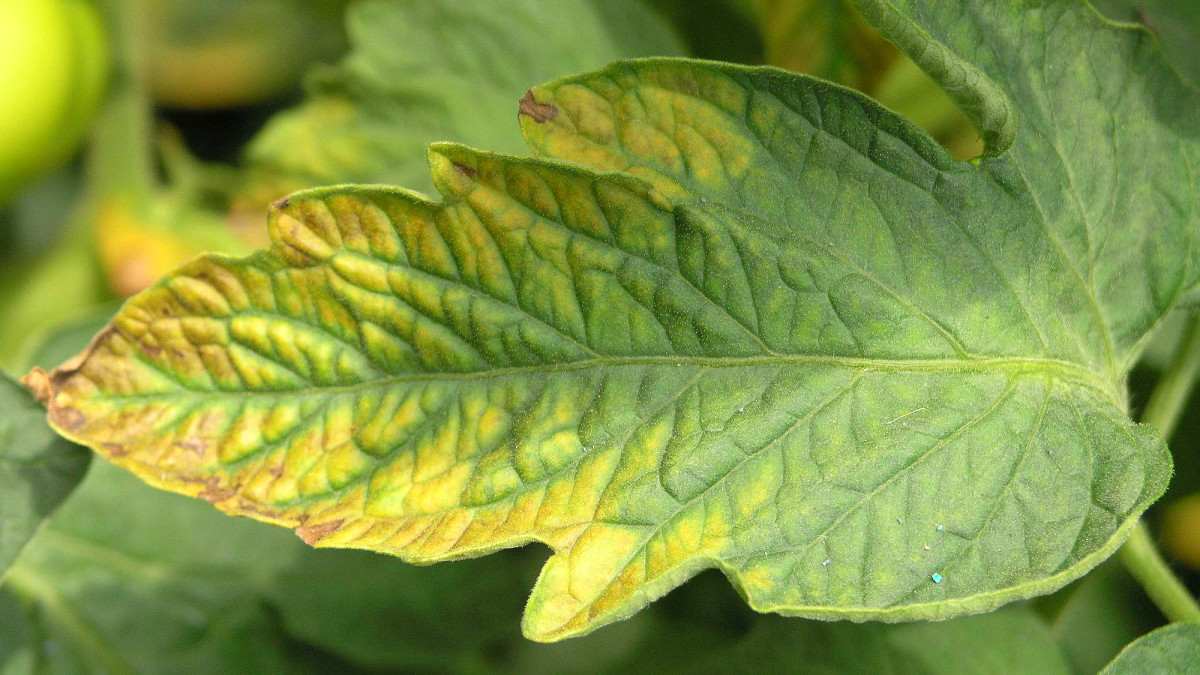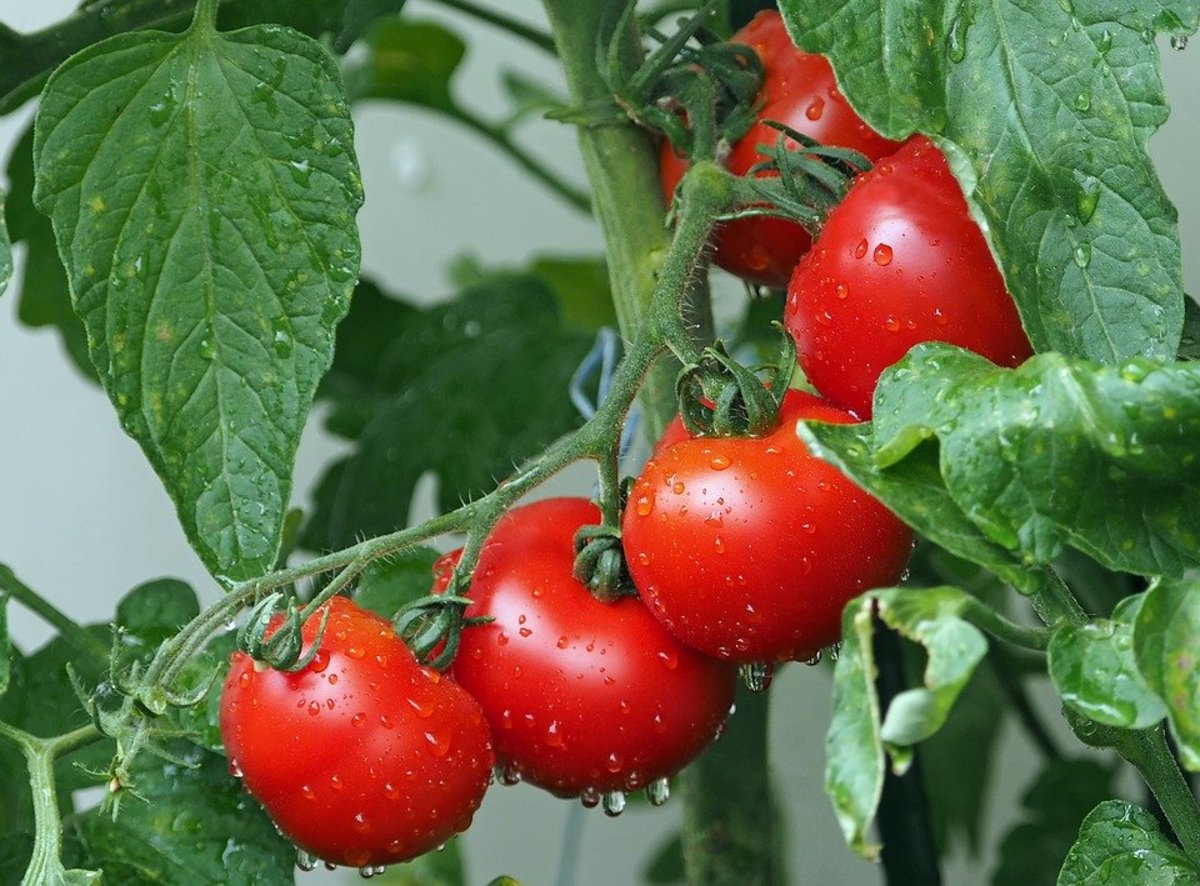Planting Pumpkin Seeds
Jack-O-Lantren Pumpkins
Pumpkin Growing Planting
Pumpkins like soil that is well drained, composted and alive. They like a ph around 6.5 to 7.5.
Pumpkins are a warm weather plant, but will survive a little frost. Pumpkins are the king of squashes during the fall. They are harvested in the fall but not grown in the fall.
You will want to start your pumpkins about 90-100 days before you need to harvest them. the actual length of time will depend on may things to include rain, amount of sunshine and temperatures.
Pumpkin seeds can be started inside in seed starters or directly sown. If you have never grown pumpkins before you may want to try both.
Sow pumpkin seeds in 1 1/2-2 inch seed starters or plug trays. Thin to 1-2 plants per-cell with scissors or a sharp object. Harden plants4-7 days by reducing fertilizer, water, and temperature, before moving flats outside if there is no frost danger.
The number of seeds to plant will depend on their germination rate. Some seeds will have 100% germination while others will not. There is no scientific method to this. You will have to play it by sight so to speak.
The seeds will turn into seedlings. The ideal seedling will be 6-8 inches tall or long. Pumpkin seeds will grow quickly inside.
When ready to plant outside, after following the hardening off procedure, plant your seedlings about 18 inch apart for regular sized pumpkins. If trying to grow larger varieties, then plant them about 24-36 inches apart. Plant one seedling in each spot is the general rule, but I like to do several to make sure they grow. Of course if a plant dies, I can replace it with seeds.
The rows should be 6 feet apart, and the row itself needs to be about 8 feet wide. If planting larger types, make the rows 12 feet apart. Pumpkins need a lot of space to grow.
For direct seeding, when the danger of frost has passed and soil is warm. The soil temperature should be at 65-70 degrees before planting. Any cooler and the seeds will rot.
Sow 2-3 seeds every 18 inches for medium types and 24-36 inches apart for large type varieties. The seeds should be planted at a depth of 1/2-1" deep. Once they germinate and form into seedlings, thin to 1 plant per area. The rows should be 6 foot' apart but 12 foot apart for larger fruit.
Pumpkin Pictures
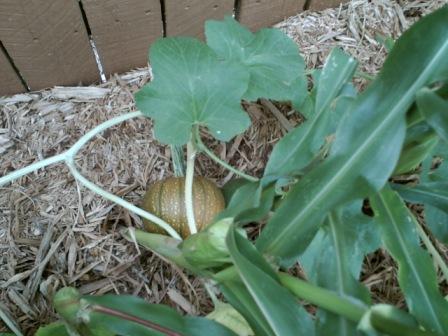
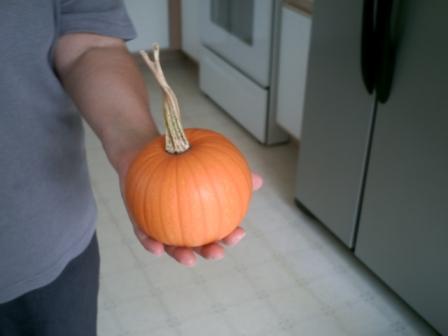
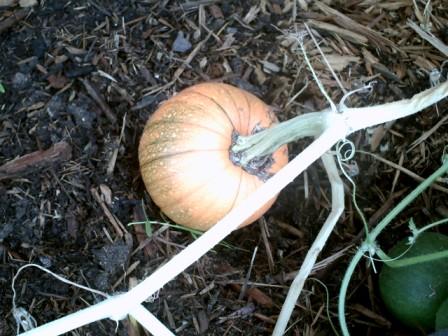

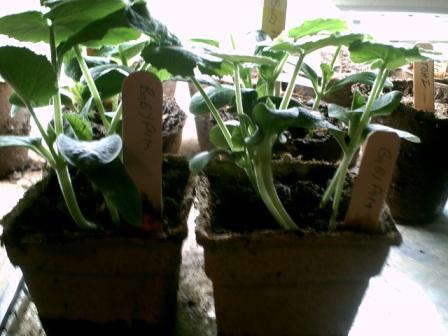
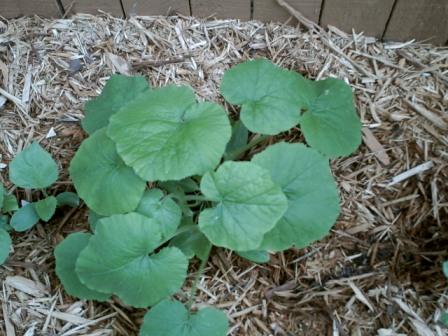
Growing Pumpkins
Once the transplants start to grow they should do well without a lot of work.
But you will want to watch out for disease and insects. Sometimes insects will cause the diseases so keeping your plants free of insects is the best way to keep the plants free of diseases.
The best way to keep the plants insect free is with organic insecticides. Organic insecticides are safe for the environment. However they do kill good insects as well as the bad.
What I like to do is hold off as long as possible and give the wasp a chance to kill the insects. Birds will also kill off a few but they will also eat the vegetables.
I have tons of wasp around my house so I leave them alone. But the rest of my family is afraid of them so they will kill them if they get too close. I have not been stung by the wasps around my home.
The other way you can control insects is to put on a pair of gloves and hand kill them. You have to be quick though. Look for the insects and look for their eggs. Squash them and put them in the garden for their nutrients.
There are many good bugs but many times they look like bad bugs to me so I end up killing the good with the bad. There are also nematodes you can add they will help kill the insects.
The other thing you can do is research the web and find what plants will help keep insects away. Onions and peppers will provide a natural barrier against insects.
Shade cloth will help and there are insect barriers.
The other thing you will need to do is add nutrients to the plants. There are many types of organic fertilizers that are safe for the environment.
There are many videos on youtube on growing pumpkins. There is also a lot of info on the Internet about pumpkins.
My website www.vegetable-gardening-made-easier.com provides some information on pumpkins but not a lot. We are trying to add to our information on pumpkins but I do not have much luck with them. My main problem is I do not have a lot of space to grow them and all the other stuff I want to grow.
Watering is also crucial. They will need about an inch a week depending on weather conditions. If the soil is dry down to one inch, then the plants need watering.
Harvesting Pumpkins
Once your pumpkins have matured, then you are ready to harvest them. Harvest the pumpkins before a heavy frost or after 1 or 2 light frosts. Clip stems close to the vine. Use care to avoid gouging or bruising.
Store under cover with plenty of air. If the temp is cool and there is plenty of air circulation the pumpkin will last for two months. Some will even last 6-8 months depending on the variety and growing conditions.
If you carve one, it will last a few weeks. Some pumpkins are small and for decoration. They will last for months.
The best way to store pumpkin is to process it for freezing so you can cook with it with you are ready. There are many sites on line that explain how to do this. It can be very rewarding to grow and make your own pumpkin pie with the pumpkin you grew.
You can also process pumpkin seeds and eat them.
The pumpkin is a multi-purpose fruit.
Types of Pumpkins
There are three main things that I know of we can do with pumpkins.
We can grow them to eat.
We can grow them for decorations.
We can grow them for carving.
Pumpkins come in many colors.
Some are stripped with two colors.
Some are buff color.
Some are speckled colored.
Others are gray/blue.
There are some white varieties.
There is a blue/green type.
There are some that are tanned colored.
There is a scarlet colored pumpkin.
But most are orange.
They come in many shapes and sizes.
There are smoothed skinned varieties.
There are varieties that are blistery, bubbled, ribbed and warted.
So whatever your desire, you are sure to find one or two pumpkins you like.
So grow those pumpkins. What do you have to lose? The smaller types can be grown on a fence or trellis.
Usually when you see the pumpkin patch, there will also be gourds in it, but that is a different story.
This hub is sponsored by David's Garden Seeds and Products.



